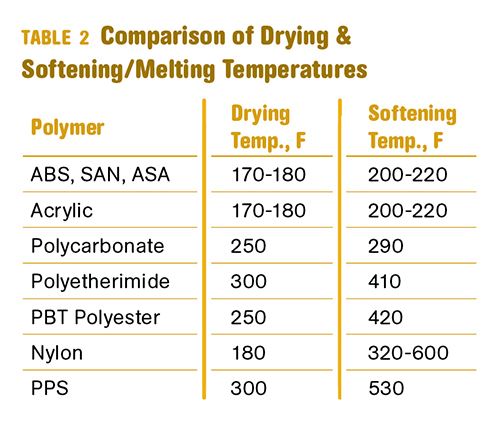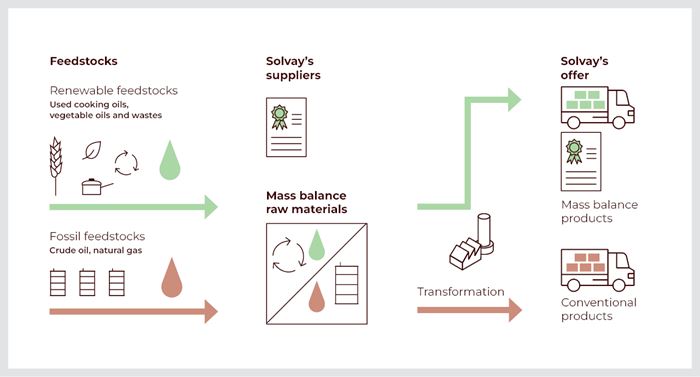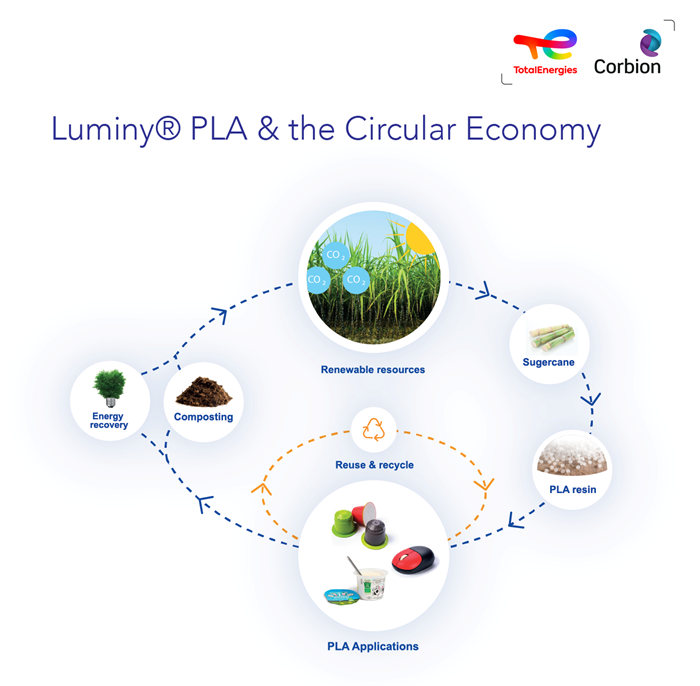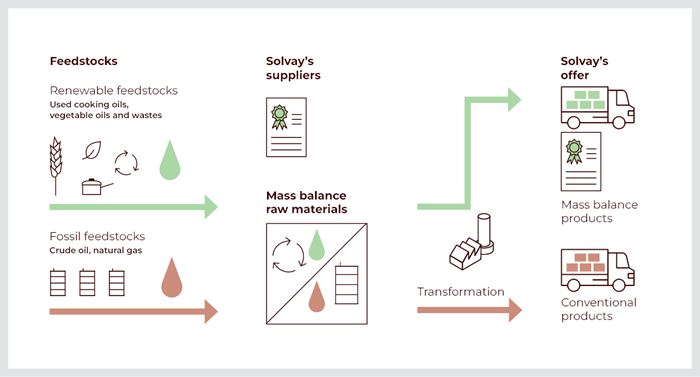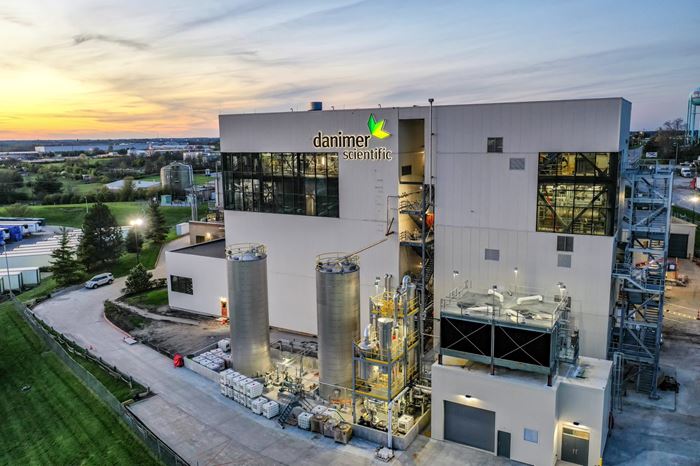Biopolymers are materials that are generated from renewable natural sources, are often biodegradable and sometimes compostable. PLA; renewable resins; green resins; degradable resins; sustainability.
Why (and What) You Need to Dry
Other than polyolefins, almost every other polymer exhibits some level of polarity and therefore can absorb a certain amount of moisture from the atmosphere. Here’s a look at some of these materials, and what needs to be done to dry them.
Biopolymers: Essential Reading
Melt Flow Rate Testing–Part 1
Though often criticized, MFR is a very good gauge of the relative average molecular weight of the polymer. Since molecular weight (MW) is the driving force behind performance in polymers, it turns out to be a very useful number.
Tracing the History of Polymeric Materials: Polyesters
Beyond PET, PBT and their analogues, development of polyester chemistry led to unsaturated thermosetting resins, copolyester thermoplastic elastomers, liquid-crystal polymers and, most recently, biopolymers.
Biopolymer Compounding on a Twin-Screw Extruder: Four Things You Need to Know
Global bioplastic production capacity is expected to increase to 4.8 billion lb by 2024, driven by OEMs and brand owners steadily converting applications to these “green” materials. If you’re looking to supply compounds to meet this demand, here are some key processing considerations you need to know.
What You Should Know About Molding Wood-Plastic Composites
Originally targeted mainly for extrusion, new options for wood-plastic composites have been optimized to open doors for injection molding applications.
Switch to Bioplastic Helps Molder ‘Go Green’
Labcon opts for surgarcane-derived HDPE to make its packaging more earth-friendly.

FAQ: Biopolymers
Global bioplastic production capacity is expected to increase to 4.8 billion lb by 2024, driven by OEMs and brand owners steadily converting applications to these “green” materials. If you’re looking to supply compounds to meet this demand, here are some key processing considerations you need to know:
1. Buy flexible extruders
2. Remember that biopolymers are typically hygroscopic
3. Consider that biopolymers are shear- and pressure-sensitive
4. Biopolymers degrade rapidly, making purging important



